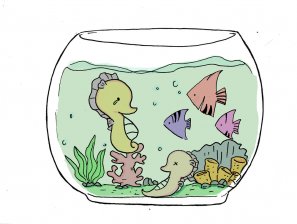Seahorses
Seahorses, fish of the Hippocampus genus, are exceptional creatures of the deep sea; named after their equine neck and head, they can camouflage themselves by changing their color to fit into their surroundings, which is also why they come in so many colors. Let's find out more about them!
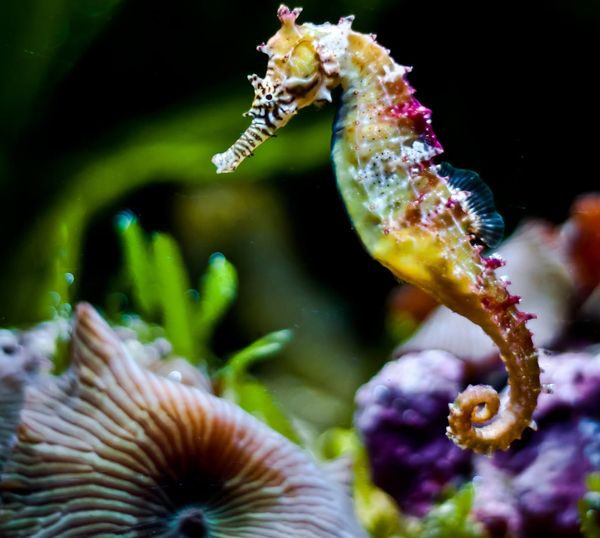
The Seahorse with rainbow color in the sea of Hamburg, Germany. Photo: Zanthia
1. The secrets of a seahorse
The body of a seahorse is awesome!
Did you know, the spine of a seahorse is outside of their body, and seahorses have neither scales, stomach, nor teeth? Because of this trait, their prey passes through their gastrointestinal system very quickly, which explains why seahorses eat frequently and in large amounts. Using their snouts, they draw in their prey - small animals and planktons - around them. Some species are extremely voracious: they can eat up to 3000 shrimps at once.[1]
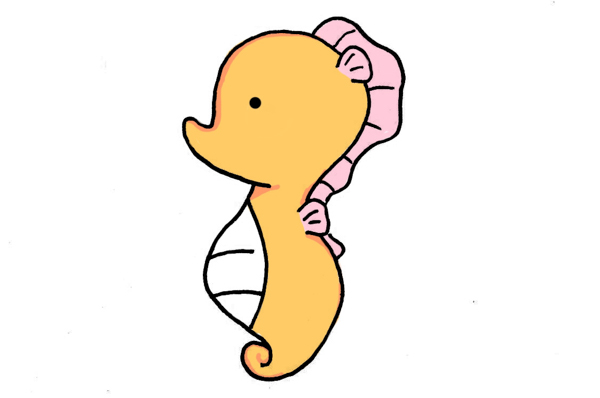
Seahorses also have good eyesight. Their eyes can move independently of each other, and so one eye can look forward while the other scans the back. This is useful when the seahorse wants to watch out for danger while hunting.
However, they are not good at swimming. They rapidly flutter their dorsal fin about 35 times every second and use their pectoral fins serve to steer.
The seahorse’s strong tail is another unique trait; it wounds the tail around small plants so that it will not drift to the tidal waves.
How do seahorses reproduce?
Unlike other species of fish, seahorses are a “faithful" breed: they mate for life, and the males will nurse unhatched baby seahorses.
Male seahorses have a pouch in front of their bellies, not unlike that of a kangaroo! While mating, a female seahorse will hatch into the male's pouch, and the eggs will be fertilized in this pouch. The male will gestate until the hatchlings are sufficiently mature. After gestation, which takes about 45 days, he will expel them with muscular contractions into the water.
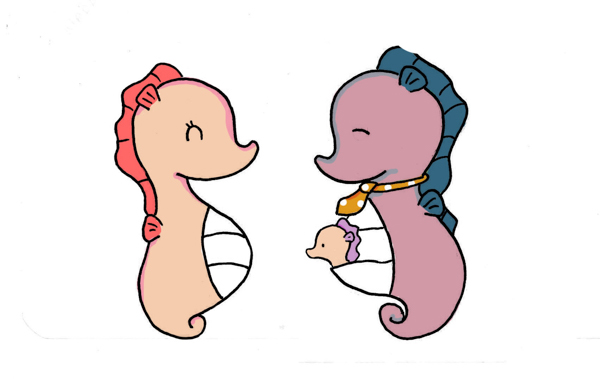
At birth, these infants are only the size of a jellybean. They will immediately find other infants to hook their tails together and travel in small groups. Unlike kangaroos, seahorses do not return to their progenitor’s pouches. The survival rate is 1 to 1000.
Their lifespan is from 1 to 5 years, depending on the species.
Where do seahorses live?
Seahorses can be found in most tropical and temperate seas around the world; however, they are most prevalent in Southeast Asia, South Africa, and the Panama Canal, and their preferred habitat includes seagrass meadows, coral reefs, and mangrove forests. There are 54 different species worldwide.[2]
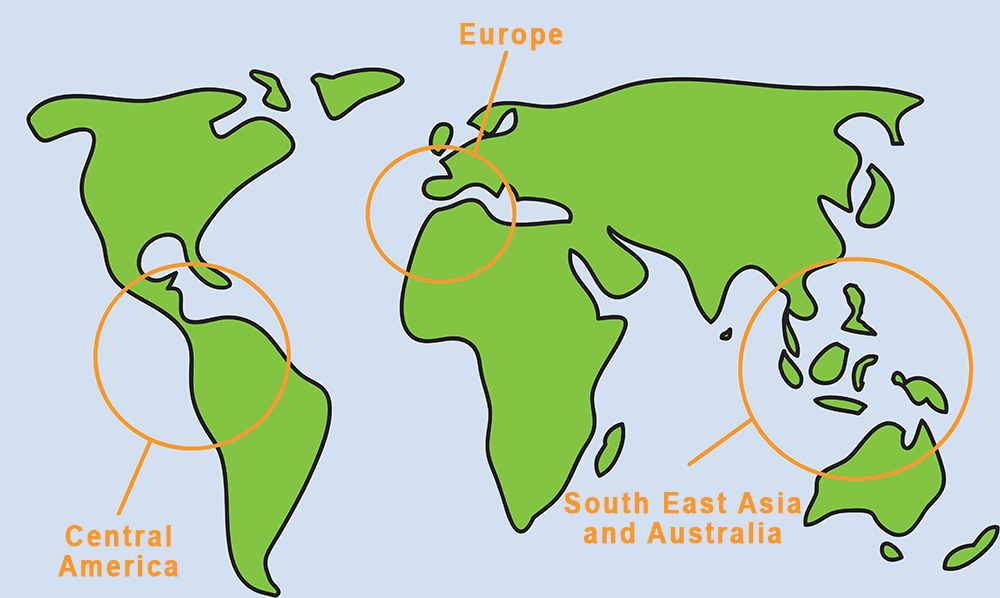
In Vietnam, these four species have been found in the following areas:
- Hedgehog seahorses: the Gulf of Tonkin, from Da Nang to Ba Ria-Vung Tau, and Kien Giang
- Japanese seahorses: the Gulf of Tonkin, Khanh Hoa, Binh Thuan
- Estuary seahorse: the Gulf of Tonkin, South Central Vietnam (from Da Nang to Ba Ria-Vung Tau), and Kien Giang
- Flat-faced seahorses: the Gulf of Tonkin, South Central Vietnam (from Da Nang to Binh Thuan)
2. Seahorses are disappearing!
Seahorses are currently listed as an endangered species in the IUCN’s Red List, and trading them is considered illegal under the Convention on International Trade in Endangered Species of Wild Fauna and Flora (CITES).[3] Vietnam has also seen decreasing numbers in the population of seahorses.
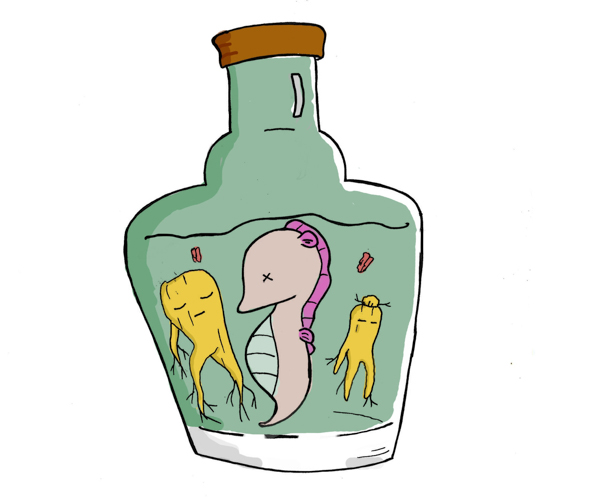
3. What are the causes?
Seahorses are hunted and traded illegally in many countries. They are an essential component of traditional medicines in Vietnam and China, and they are also sold as pets. In confinement, they can only survive for 6 weeks before perishing.[4]
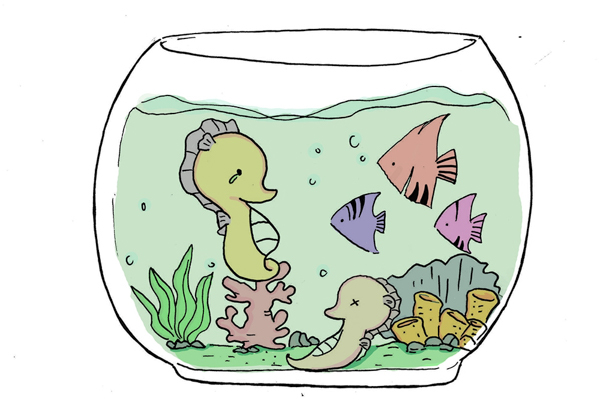
Furthermore, compared to other marine creatures, seahorses are easily affected by toxic chemicals and changes in their sources of sustenance. Their limited capacity for swimming inhibits them from quickly escaping polluted areas.[5]
Their habitats, namely coral reefs, seagrass meadows, and mangrove forests, are also being destroyed by overexploitation, pollution, and climate change. The affected populations are splintered, and they run the risks of becoming extinct.
4. What can we do?
- Do not buy medicines or souvenirs made from seahorses. Do not keep seahorses as pets. Alert local authorities and conservation NGOs when you see seahorses being exploited in any way.
- Raise awareness of their declining numbers and the need to cease fishing them
- Keep their habitats clean by not littering into bodies of water (ponds, lakes, seas, oceans)

